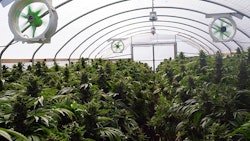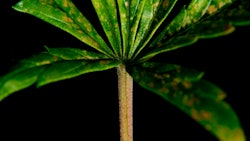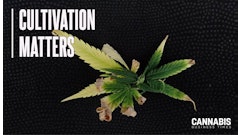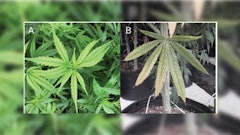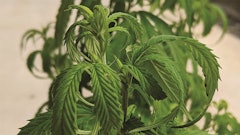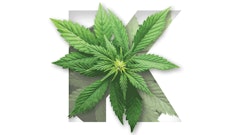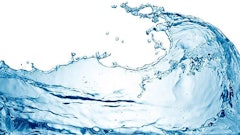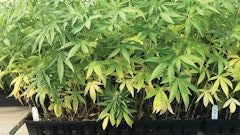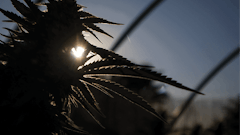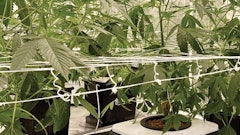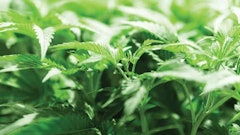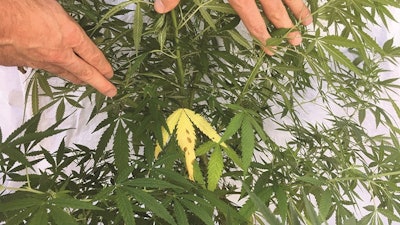
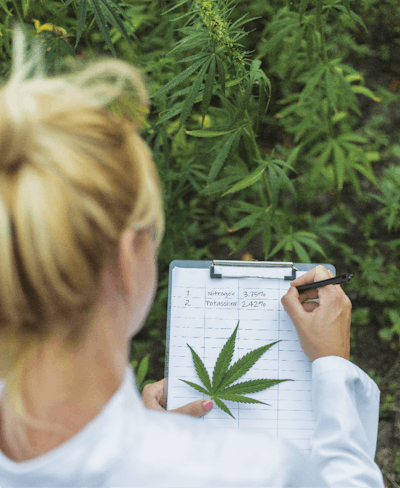
Foliar tissue analysis is an extremely useful tool for growers managing plant nutrition of cannabis. It falls into two major categories: routine analysis and diagnostic analysis. Routine analysis is for problem prevention, whereas diagnostic analysis is for problem solving.
The routine analysis allows growers to monitor nutrient uptake in the plant during production. This requires a grower to take multiple samples over the entire course of the growing season to identify problems or issues before they become serious concerns.
Growers can use diagnostic analysis to diagnose deficient or toxic nutrients when the plants are displaying negative symptoms. This process helps identify the specific problem and is primarily a corrective tool. Plant tissue analysis is especially useful in determining micronutrient levels in the plant and has a greater level of accuracy than a substrate test using a water-based extraction.
Tissue Analysis Strategies for Cannabis Growers
Routine analysis sampling is a general management tool when the plant is displaying no negative symptoms. The strategy here is to determine the nutrient status of the plant by plotting tissue values over time to ensure that a fertility program is on track.
For example, when growing a cannabis mother stock crop, a grower could collect samples monthly during the time the plant is developing prior to taking cuttings. This would provide valuable information to ensure that plants contain adequate nutrient levels going into the cutting season.
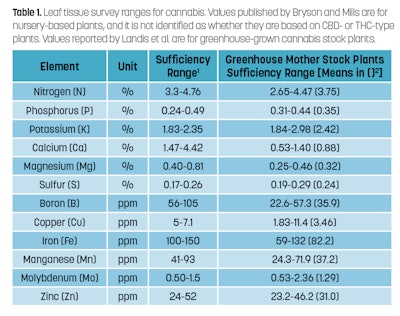
Another valuable strategy could be to sample the plants just before taking cuttings and then periodically over the cutting season. Typically, with other floriculture species, nutrient levels decline over time as cuttings are harvested. Knowing the status of your stock plants enables growers to modify their fertilization practices to the stock plants during the cutting season to help ensure the cuttings are nutritionally charged when growers take them from the plant.
A third monitoring strategy would be to periodically sample the cuttings taken from the stock plant during the cutting season. This will determine if nutrient levels are being maintained in the stock. This will also verify that the cuttings themselves have adequate nutrients.
Each of these nutritional monitoring strategies requires that growers sample each cultivar separately, as nutrient levels can vary with each one. In addition, if there are differences in the plant’s age or fertilization practices, cultivators should sample those blocks of plants separately.
Cultivators sampling plants for diagnostic analysis should sample them individually. To accurately diagnose a nutritional disorder, growers will need to take samples from the affected plant and/or symptomatic portion of the plant. For example, if the lower leaves display toxicity symptoms, then cultivators should sample those leaves. Because the critical lower deficiency ranges and toxic upper ranges for cannabis are not known at this time, if possible, cultivators should collect a “good” control sample to compare to their problem sample.
Understanding Testing Parameters
Generally, a leaf tissue analysis will include the following macronutrients: nitrogen (N), phosphorus (P), potassium (K), calcium (Ca), and magnesium (Mg). (Labs might not include sulfur (S) or may do so at an additional charge.) Tissue analysis also determines the following micronutrient concentrations: boron (B), copper (Cu), iron (Fe), manganese (Mn) and zinc (Zn). Some labs charge extra and require a larger sample amount for molybdenum (Mo) determination, and some will also test for sodium (Na) and chloride (Cl). While Na and Cl are not considered essential for plant production, some fertilizers or source water may contain these nutrients. Cultivators should check with the lab where they are submitting their sample to determine the elements tested and cost.
Sampling Procedure 101
The leaf tissue sample should be representative of the plant or production area being monitored or the problem cultivators wish to analyze. As mentioned above, growers should sample plants of different ages and varieties separately. The process includes:
1. Collecting leaf samples.
- For routine analysis, collect the most recently mature leaf. This leaf is typically three to five leaves down from the growing tip (Fig. 1 above). For a representative sample, take 25 to 30 leaves from five to 10 plants (Fig. 2).
- For diagnostic analysis, sample plants individually, taking leaves from the affected portion of the plant (Fig. 3). Again, if possible, sample a “good” control so that comparisons can be made.
2. Washing and drying leaves.
If the crop has been overhead watered or micronutrients have been foliar applied, gently wash the leaves in distilled water for 20 seconds to remove any surface contaminants. Dry the leaves with paper towels after washing, prior to packaging them.
3. Packaging leaves for analysis.
Send the samples in a paper bag or manila envelope to the commercial lab authorized to analyze cannabis samples (Fig. 4). Label the bag with your name and address. Contact the lab to verify if there are any special requirements for delivery and documentation under current legislation.
4. Delivering the samples.
Immediately send the samples to a lab certified in your state to conduct leaf-tissue analysis. Try to collect the sample at the beginning of the week so delivery will not be delayed over the weekend. If delivery time to the lab (or to a drying oven) is expected to exceed 12 hours, then it’s best to refrigerate or air-dry the samples.
At this point, nutrient sufficiency ranges for cannabis have not been developed for specific growth stage(s). Bryson and Mills (2014) published nutrient ranges for cannabis (Table 1 above). The database for cannabis nutrient sufficiency ranges is still a work in progress and will be further refined over time as scientific studies determine target nutrient levels over the crop's production cycle as well as critical deficiency and toxicity levels. Refinement of tissue standard ranges for cannabis has been a project being studied by the North Carolina Department of Agriculture and Consumer Services, Agronomic Division and North Carolina State University. Those refined values for cannabis mother stock plants grown in a greenhouse just prior to the stage when cuttings would be harvested are also listed in Table 1.
Conclusion
Leaf tissue analysis provides insight into the nutrient status of a cannabis crop. Tissue analysis results will help growers determine if their fertilizer program is on target by providing current nutrient levels in the plant. In addition, tissue testing is one of the best methods for diagnosing nutrient disorders in cannabis.











